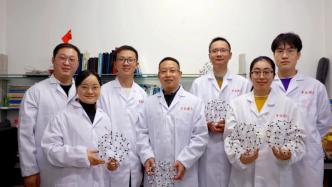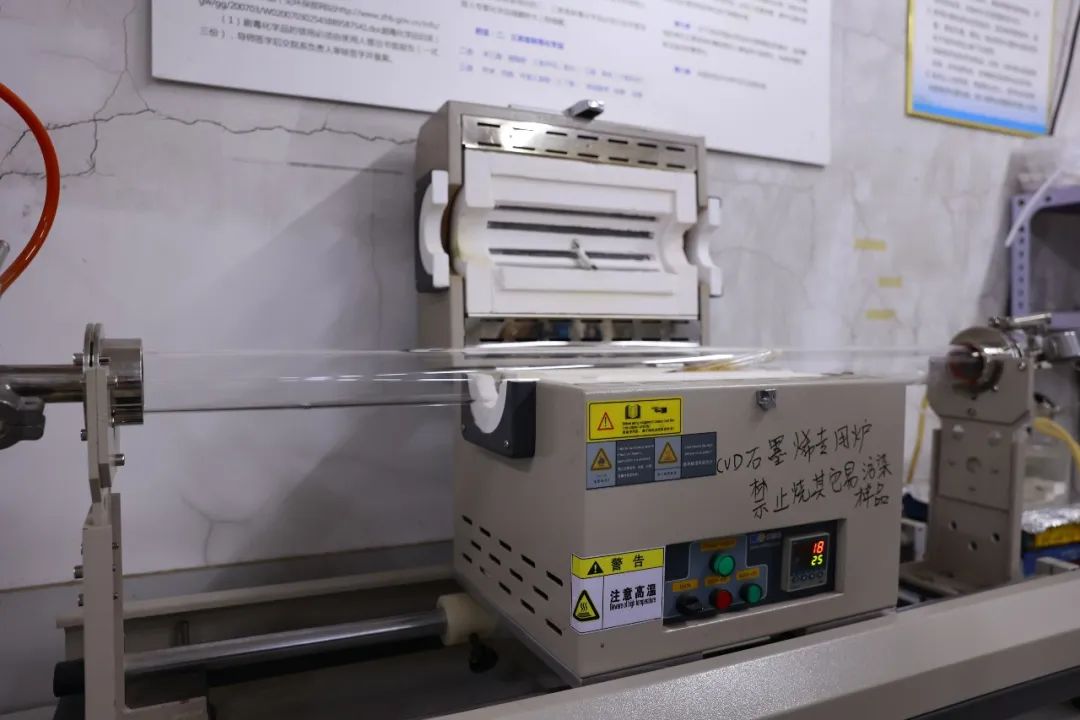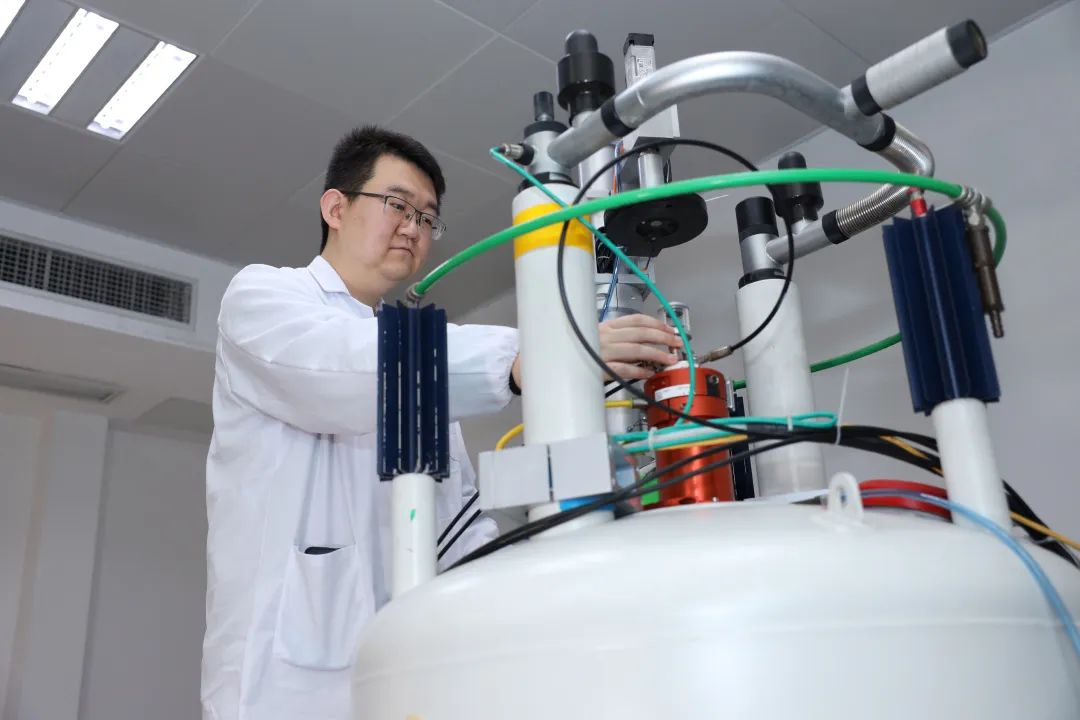


A group photo of some members of the research team of Professor Zhu Yanwu of the University of Science and Technology of China (in the first row). Picture in this article
Zhu Yanwu introduced, "The long-range ordered porous carbon crystal here has porous characteristics on the microscopic level but completely retains the macroscopic periodicity of the crystal. It is a new type of artificial carbon crystal. It has potential applications in other fields. The charge injection technology provides a "Lego" preparation technology for the construction of such carbon-based crystalline materials, and is expected to become a new means to control the crystal structure at the atomic level."
The reviewer of "Nature" stated, "The results presented in the paper are convincing and have important implications for the fields of crystallography and materials science."
Carbon is one of the most common elements in nature. Carbon atoms can form a variety of structures through different arrangements, such as graphite, diamond and amorphous carbon, which we are familiar with, and have been widely used in various fields.
In recent years, the discovery and development of new carbon materials such as fullerenes, carbon nanotubes, graphene, and graphyne have attracted widespread attention and research. "If we can introduce nano-units into a crystal structure, such as using fullerene, graphene, etc. as basic structural units to replace atoms in ordinary crystals, and 'build' new carbon materials like building blocks, we may discover more Novel nature, greater application potential." Zhu Yanwu said.
Previously, for the preparation of this new type of carbon material, researchers either used extreme conditions such as high temperature and high pressure, or used microscopic treatment technologies such as ultraviolet light and electron beam irradiation. However, its low yield and impure products hinder people from further exploring the properties and applications of this type of material.

Professor Zhu Yanwu said that the charge injection technology provides a "Lego"-style preparation technology for the construction of such carbon-based crystal materials, and is expected to become a new means of regulating the crystal structure at the atomic level.
Zhu Yanwu's team has long been committed to the development of large-scale preparation technologies for new carbon materials. As early as 2011, Zhu Yanwu found a chemical "activation" method to "activate" graphene, and successfully reconstructed graphene sheets into a "living fossil" with high specific surface area, high electrical conductivity and negative curvature structure. Graphene" has shown excellent performance as an electrode material for supercapacitors. The research results were published in "Science".
Since then, the team has further explored the universality of the "activation" method, which has also been used to activate fullerene C₆₀ molecules. However, it was found that this method was too violent, destroying the cage structure of the C₆₀ molecule and failing to obtain a periodic crystal structure.
In this study, Zhu Yanwu's team creatively used lithium nitride to inject charge into the fullerene C₆₀ molecular crystal, and heat-treated it at a mild temperature, and finally obtained a large number of C₆₀ polymer crystals and long-range ordered porous carbon crystals.
There are 60 carbon atoms in a C₆₀ molecule. If you want to use it as a structural unit to obtain a new carbon structure, you must form a stable connection between adjacent molecules, that is, the distance between some carbon atoms in a C₆₀ molecule and adjacent molecules Those nearer carbon atoms form covalent bonds.
"Due to the difference in electron energy levels, electrons will be transferred from lithium nitride to C₆₀ molecules to achieve charge injection, and these additional charges will change the electron cloud distribution of C₆₀ molecules, making it easy to form covalent bonds between adjacent molecules—addition occurs. A reaction is formed, and the two molecules 'hold hands' successfully." said Pan Fei, the first author of the paper and a special associate researcher at USTC.

Ni Kun, co-first author of the paper and a special associate researcher at USTC, said, "We performed theoretical simulations on the formation mechanism of C₆₀ polymer crystals and long-range ordered porous carbon crystals. The results showed that charge injection caused fullerene C₆₀ molecular The electric dipole moment interaction between them reduces the addition reaction barrier between adjacent C₆₀ molecules during the reaction process, making the reaction easier to occur; further reactions make the intermolecular connection part change into a curved connection structure, but in this The partially broken fullerene C₆₀ molecules during the reaction still maintain a good periodic arrangement."

It is worth noting that the team further showed through the structural search results based on machine learning and neural network potential functions that long-range ordered porous carbon-based crystals represent a large class of sub-steps in the transition process from fullerene molecular crystals to graphitic carbon crystals. Steady-state crystal structure.
Zhu Yanwu said, "Next, we will systematically study the properties of long-range ordered porous carbon-based crystals, hoping to further control the atomic-level structural characteristics of the crystals by fine-tuning experimental parameters, and explore more properties and applications."
Paper link: https://www.nature.com/articles/s41586-022-05532-0
(Original title: "Nature" | Chinese scientists have constructed a new type of three-dimensional carbon crystal)